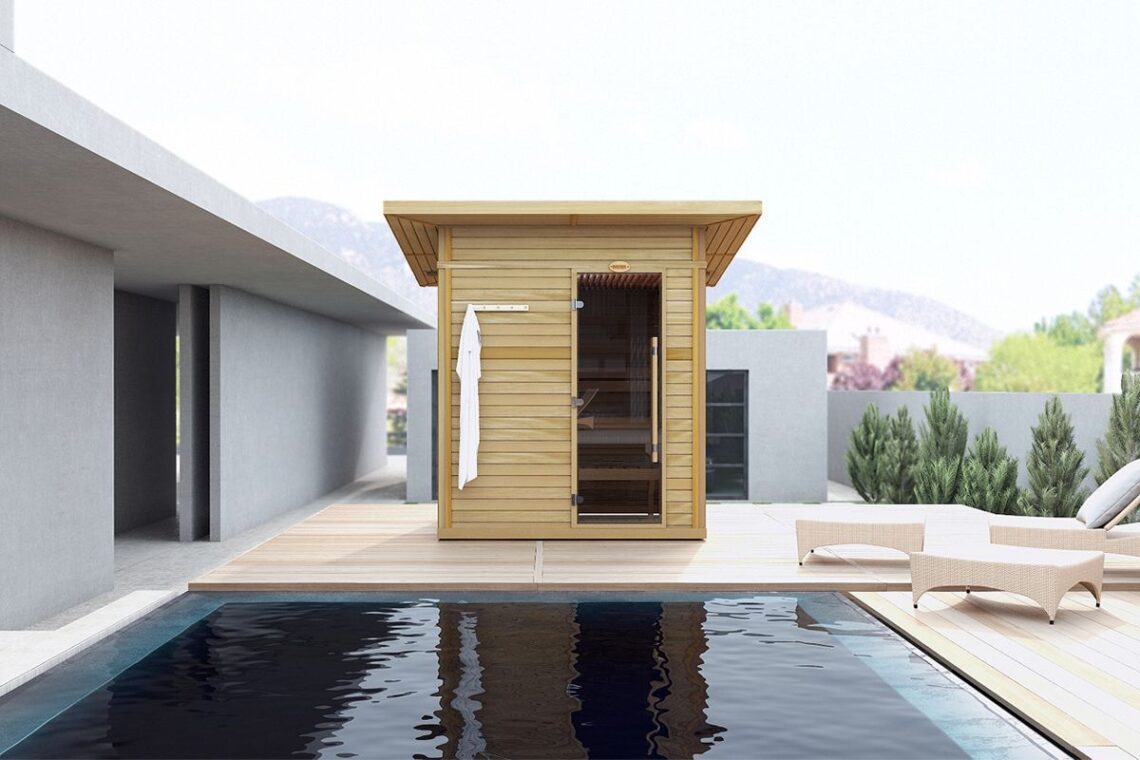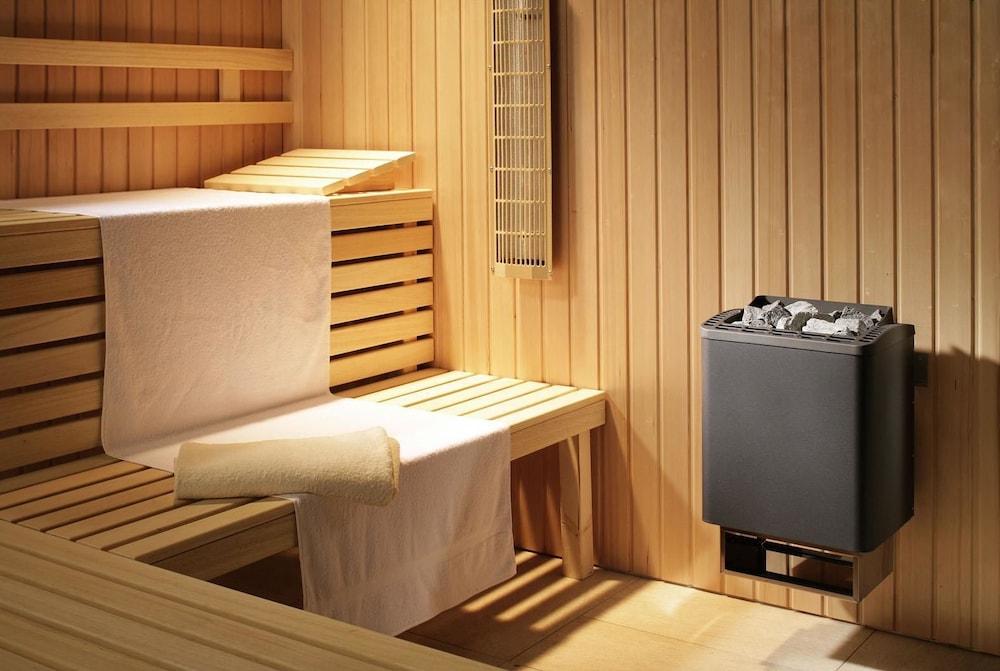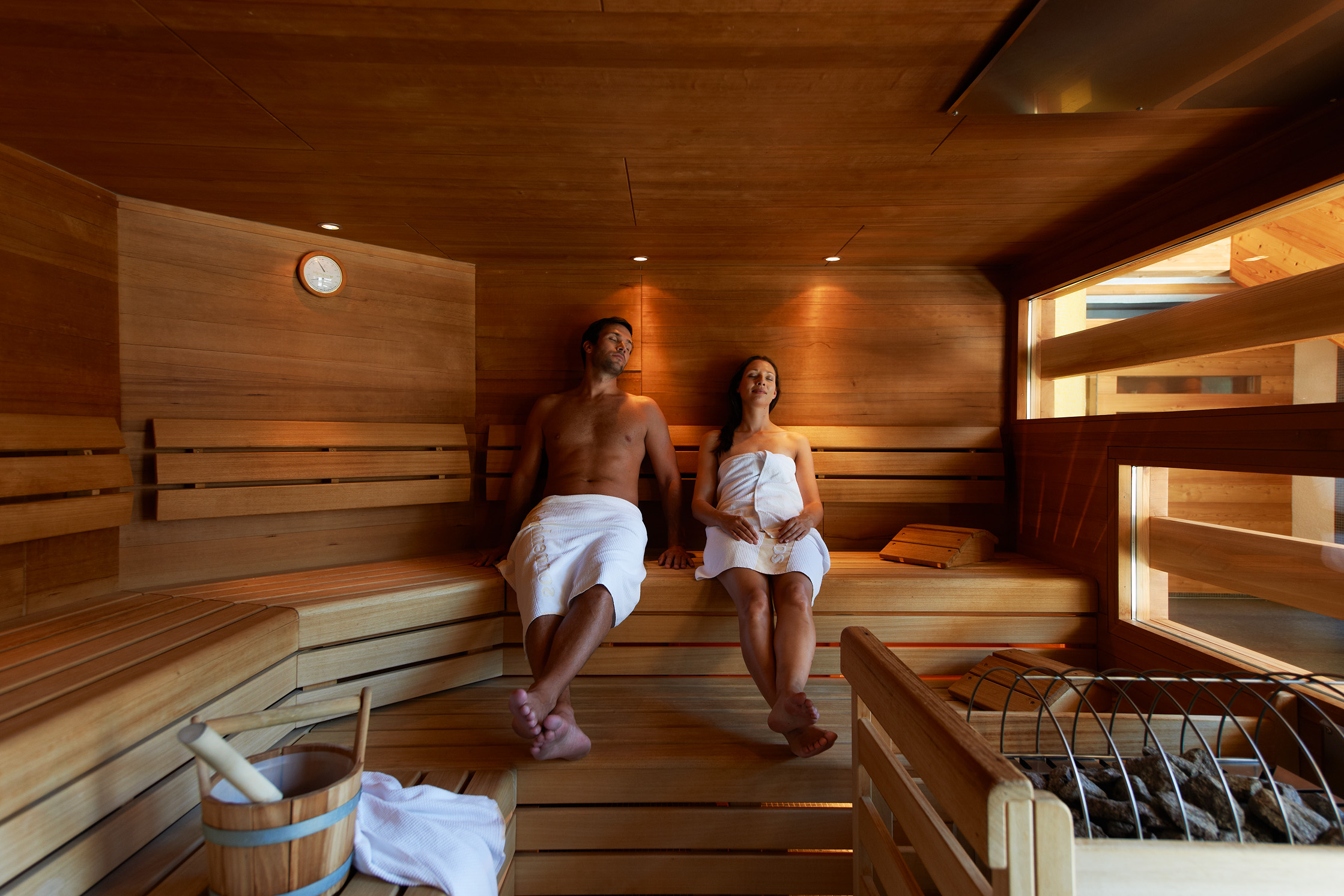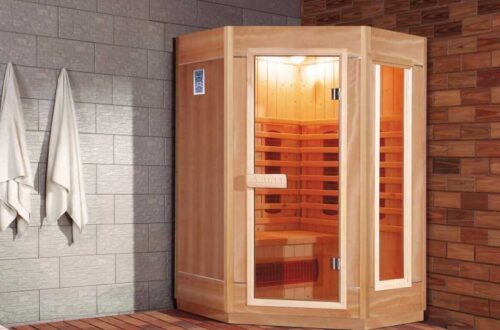
Sauna construction should start with the right materials.
Sauna construction can’t start without deciding which materials to use whether you are building a custom sauna or a kit. It takes just as much work to put together a sauna with inferior materials as it does with quality materials. The end product will only be as good as the materials that go into it.
With that in mind let’s look at which materials are most suitable for sauna construction.
Table of Contents
INTERIOR MATERIALS
Wood continues to be the standard material for sauna interiors for several reasons.
It absorbs excess steam and resists condensation.
Wood contributes to the relaxed aesthetics, creating a warm and appealing space.
Wood does not transmit temperature very quickly. Cold wood doesn’t feel too cold and hot wood doesn’t feel too hot when you sit on it. Think about putting your exposed skin on a cold/hot metal bench (a sauna should be pleasant, not torture).
The right sauna wood does not rot or corrode in the hot humid environment.
So which wood is best?
In general hardwoods like Oak, Ash, Maple, etc. are too dense to work well for sauna construction.
Soft woods like cedar, Redwood and Pine are open celled and do a better job of absorbing moisture. They are also more rot resistant.
You need to avoid any wood that has sap running. Clear, knot free wood without any imperfections will help eliminate the sap problem.
The traditional and still most popular choice is Tongue & Groove Cedar. Western Red, and Eastern White Cedar both work extremely well.
Redwood is a very suitable wood but it is hard to get and expensive. This is for a good reason. There is a dwindling supply of these majestic monsters. I prefer to leave the ones that are left for my children and grandchildren. I was awe struck when I saw my first live Redwood. I don’t want my grandkids to miss that experience.
Pine, Spruce and hemlock (in that order) are also acceptable in the sauna and may cost less than Cedar in your part of the country.
OTHER MATERIALS IN THE SAUNA
As much as possible you want to avoid exposed metal. It will feel too hot or too cold when touched and may corrode.
If you blind screw the benches, there won’t be any exposed screw heads to give you a little surprise when you sit down.
A hand carved wood door handle is a nice touch that doesn’t take too long to make or install.
EXTERIOR MATERIALS
- There are few restrictions on suitable exterior materials for your custom sauna. You should have a vapor barrier behind the interior walls. This will eliminate the moisture problem that limits interior materials.
- Don’t forget to insulate the walls well to speed warm-up time and save energy.
- If it’s going to be a custom sauna this is a place to showoff your creativity.
- The most popular exterior for indoor saunas is Cedar, which gives it a very classic and attractive look.
- Outdoor saunas are notorious for their creative construction.
Standard framing materials can be used but why not make it a truly custom sauna. Possible exteriors include conventional siding, stone, cultured stone, brick, stucco, post and beam or ……….. - Log buildings are a popular and appropriate style of sauna construction. Full logs are an option but the milled tongue and groove D logs are extremely quick and simple to use. One advantage of log construction is the fact that both interior and exterior are done at the same time.
- Cordwood construction makes a nice looking and sturdy building. The definitive book on cordwood construction for saunas is Rob Roy’s The Sauna.
Sauna construction takes time and energy. Using the right high quality materials will make the end product better without increasing your effort. Whether it’s a kit or custom sauna, your choice of materials will make a difference.





